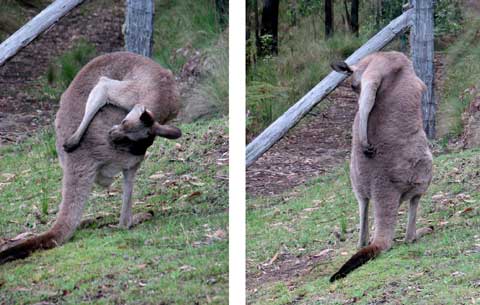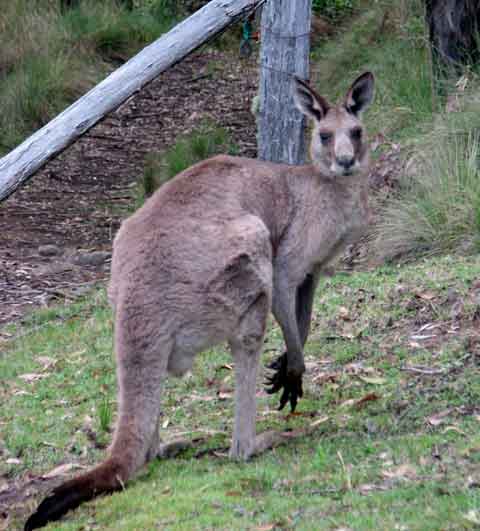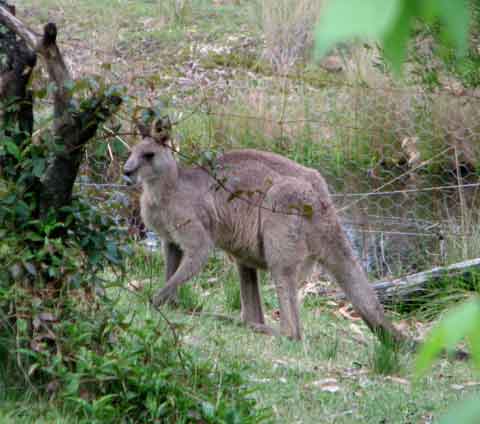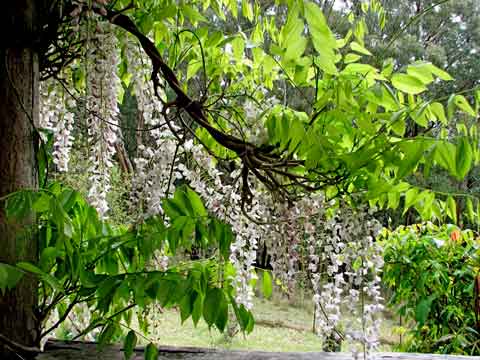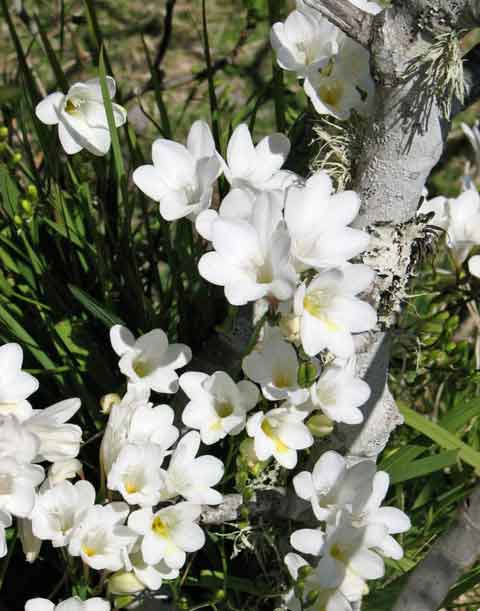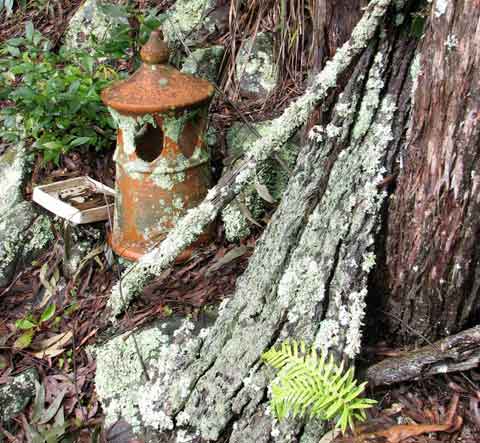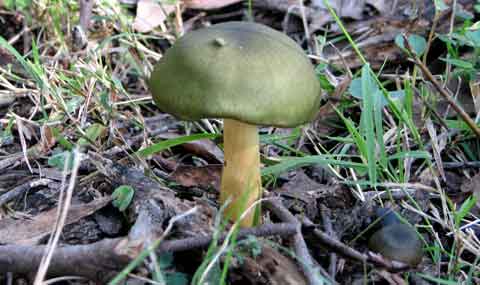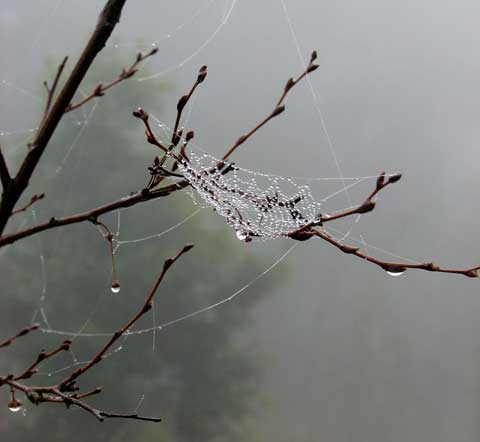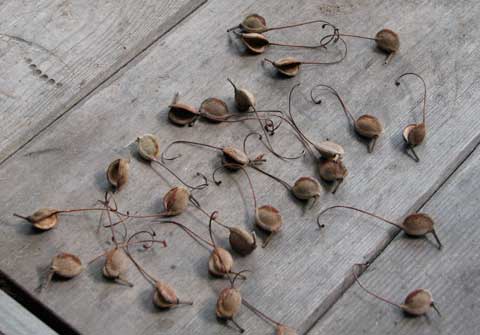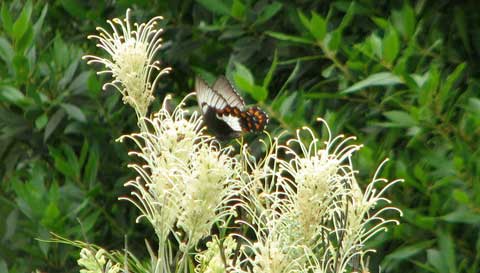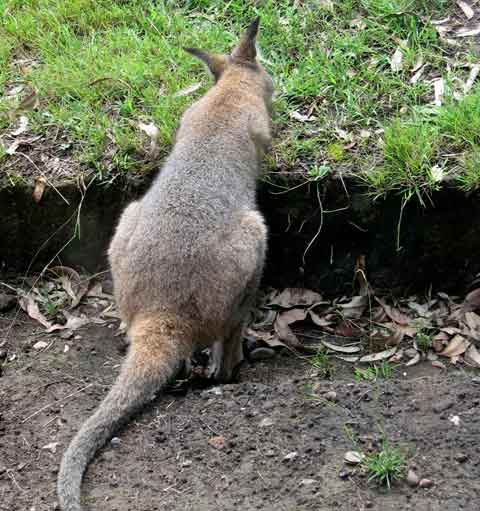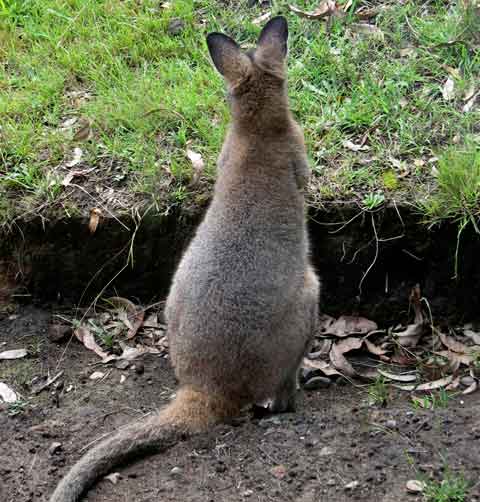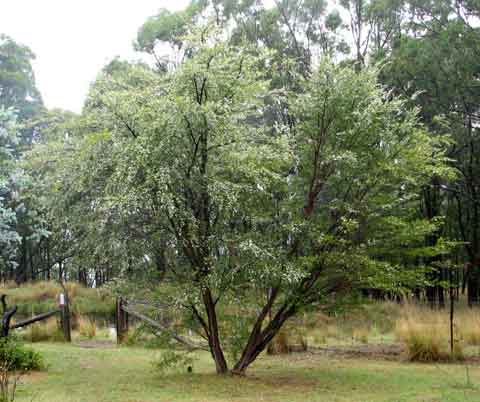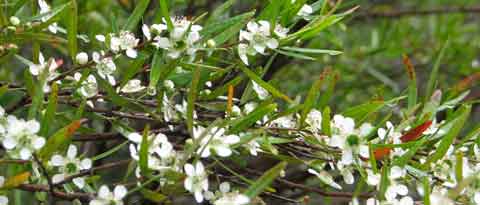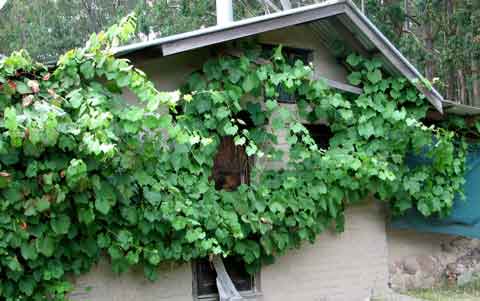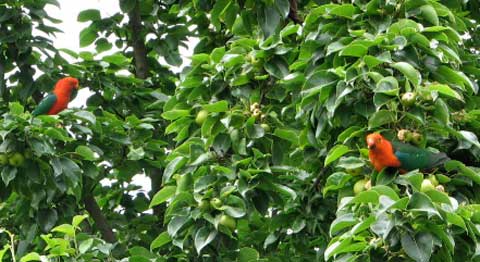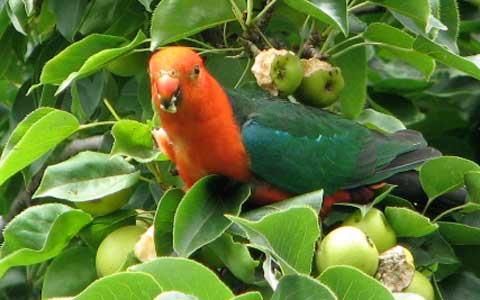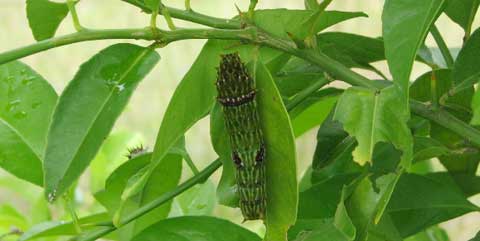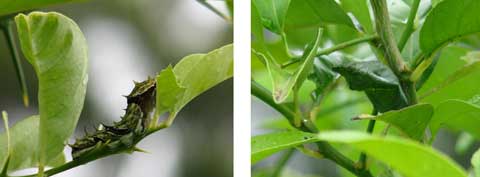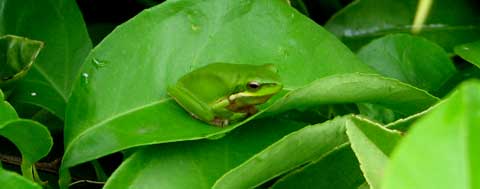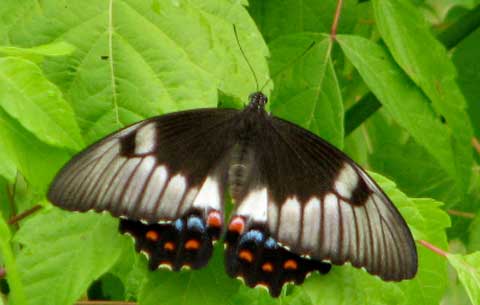My house yard fence, so painstakingly erected and heightened over the last 17 years, is slowly being dismantled. No easy task, as the tussocks have grown through the netting, but my helper is so much stronger than I am.
As the four gates have been open to the wallabies and roos for nearly two years, and I am no longer likely to have visiting horseriders or dog owners requiring a yard, there seemed no point.
And there are many advantages. I can mow directly across my firebreak more easily and I can see to the forest edge unfettered by wire netting. Much better for photographs too!
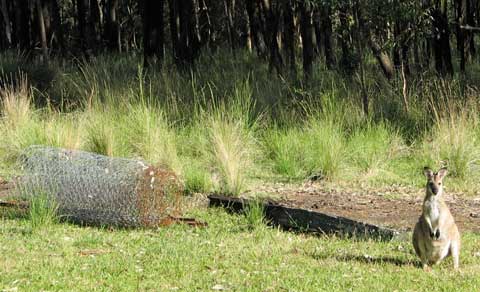
Only two sides are down so far, and I am noticing how the overall feeling of the outlook has changed as the netting falls and the line between domesticated and wild disappears.
Much more convenient for the wallabies too.
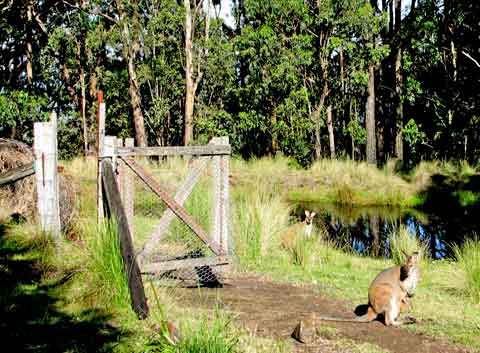
The gates still standing look symbolic rather than functional. I must take note if the animals still go through the gate, following the track they have worn, or ‘jaywalk’ at will.
For me, it’s as if I can breathe better as my self-imposed barrier disappears. In The Woman on the Mountain I did say it was Wallaby World here; it’s even more so now!
